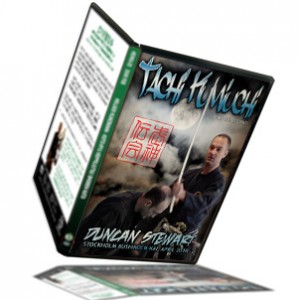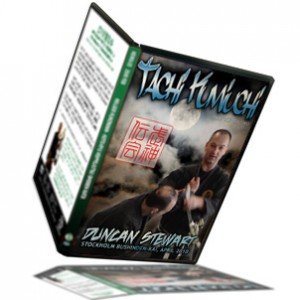From Shiro Kuma's Weblog by kumablog
Last August when I brought Hatsumi sensei some pictures of the Taikai in Paris decided to change its name and to call it the “Yûro Shi Tennô Taikai“. When I asked him the reason for that he said this was a pun between “Europa” [yuropa] and the Japanese word “Yûro”. Yûro means something like the “path to bravery”.
So we invite you to join us in this eighth “path of bravery spreading everywhere all over Europe!” More than 15 countries are expected to come! Come to Paris and build up your memory.
Shi Tennô is the nickname that sensei gave us back in the nineties as the four of us were spreading the Bujinkan system all over Europe. If the original meaning is the “four emperors”, it is in fact the name given to the four Chinese spirits of the four directions: North, South, East and West. Nothing glorious there.
But because Kano sensei, the founder of jûdô, nicknamed his four students spreading the kodôkan jûdô over the world by the name of “shi tennô“, Hatsumi sensei decided to do the same. Unfortunately this name has nothing to do with our martial skills. 
Taikai means big seminar and this one is definitely a big one. This is one of the last 3 day seminar that we have after the end of the Taikai directed by sensei. If my friends and I have decided to organize it in the past it was because we were missing those taikai with sensei in Europe and in the USA. Those Taikai with sensei that we have organized between 1987 and 2002 were always a fantastic moment of friendship and budô. This Yûro Shi Tennô Taikai is following the same tracks and this is why, each year, we have more and more success.
Over the last five years, the success of this event has been increasing so much that we had to limit the number of participants. For those of you training in the Bujinkan and who didn’t get the chance to train in Japan this year, this Taikai is your chance as each one of the instructor in this seminar has been staying in Japan one, twice or three times since last November.
As sensei was saying at the honbu recently: “only those who train regularly in Japan with me have a chance to get what I am showing”. This is your chance to get your update.
See you there with a smile on your face.
Online prebooking






…
 …
…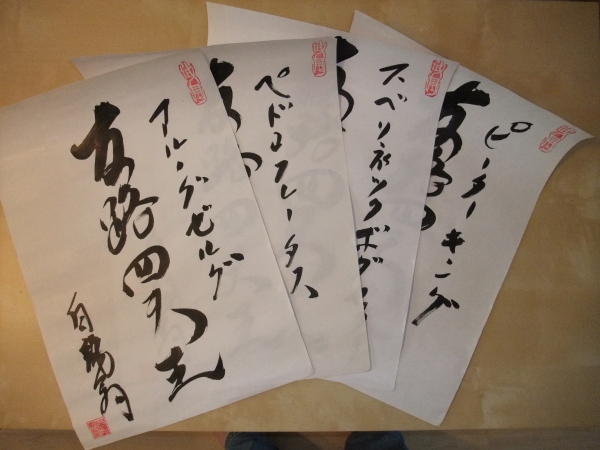

 …
…
 …
…
 …
… …
… …
…
 …
…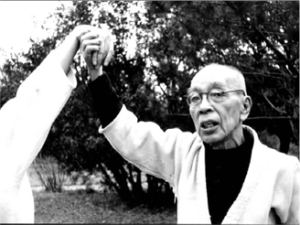
 …
…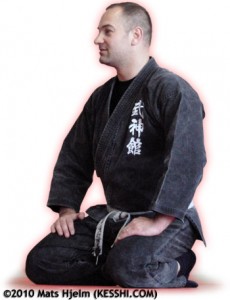 We have three new DVD’s with Duncan Stewart Shihan from a seminar in Stockholm in April 2010. Duncan Stewart has been training in Bujinkan Budo Taijutsu since 1988 and is ranked Judan Kugyo. He has lived in Japan since 2004 and trains consistently with Hatsumi Soke, Nagato Shihan, Noguchi Shihan, Someya Shihan and Someya Shihan. He is often uke and asked to demonstrate at classes. Duncan was Nagato Shihans sole uke at the Bujinkan Honbu for two years when studying direct from the Gyokko Ryu Densho and the Kukishinden Ryu. If you want to sponsor a seminar or course, please don’t hesitate to contact him. For more information see his web site
We have three new DVD’s with Duncan Stewart Shihan from a seminar in Stockholm in April 2010. Duncan Stewart has been training in Bujinkan Budo Taijutsu since 1988 and is ranked Judan Kugyo. He has lived in Japan since 2004 and trains consistently with Hatsumi Soke, Nagato Shihan, Noguchi Shihan, Someya Shihan and Someya Shihan. He is often uke and asked to demonstrate at classes. Duncan was Nagato Shihans sole uke at the Bujinkan Honbu for two years when studying direct from the Gyokko Ryu Densho and the Kukishinden Ryu. If you want to sponsor a seminar or course, please don’t hesitate to contact him. For more information see his web site 